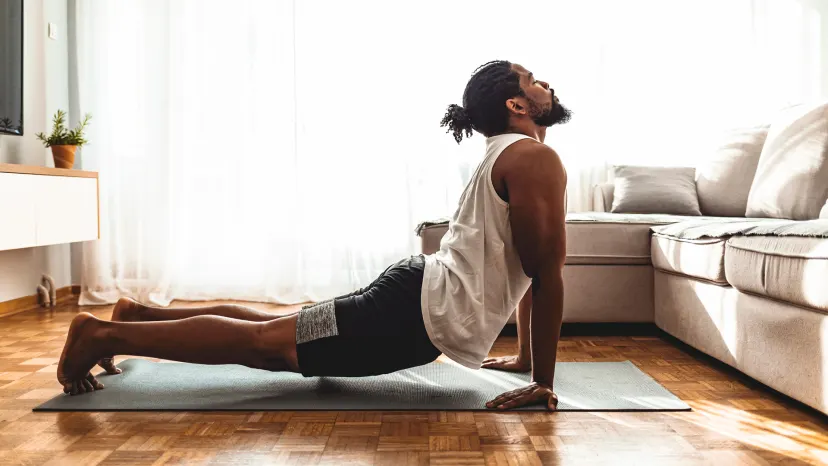Pain management
Introduction
Everybody hurts. But not everybody hurts the same way or for the same reasons. If pain is a consistent experience for you, establishing the right pain management plan is essential to your health and well-being.
The good news is that there are a wide variety of comprehensive pain management options to help you live life to the fullest.
Can over-the-counter medications ease your pain? What about prescription drugs? Could making certain lifestyle changes, like adopting a healthy diet or an exercise routine, really help? Is physical therapy an option?
Your individual treatment will depend on the source and severity of your pain, your lifestyle, health profile, and more.
For chronic pain, you'll work with your healthcare provider (HCP) or a pain management specialist to determine the best course of action for your situation.
Read on to learn about the wide variety of pain management tools at your disposal and then speak to your HCP about what steps to take next.
Supplements for pain management

Taking vitamins may be a great way to supplement your diet, but do they have a role to play in pain management? Can certain nutritional supplements help ease chronic pain? Read on to find out what the research has to say about using supplements or certain foods to help reduce pain.
Medications for pain management
There are so many over-the-counter and prescription pain medications available today that it can be confusing to determine which, if any, offer real, long-term solutions. Read on to discover how to take pain medications safely and what potential interactions to watch out for.
Natural pain management

Is it possible to harness the power of your mind to help manage chronic pain? What about making lifestyle changes, like adopting a healthy diet or an exercise routine? Find out what the experts have to say about mind-body approaches to managing chronic pain.





